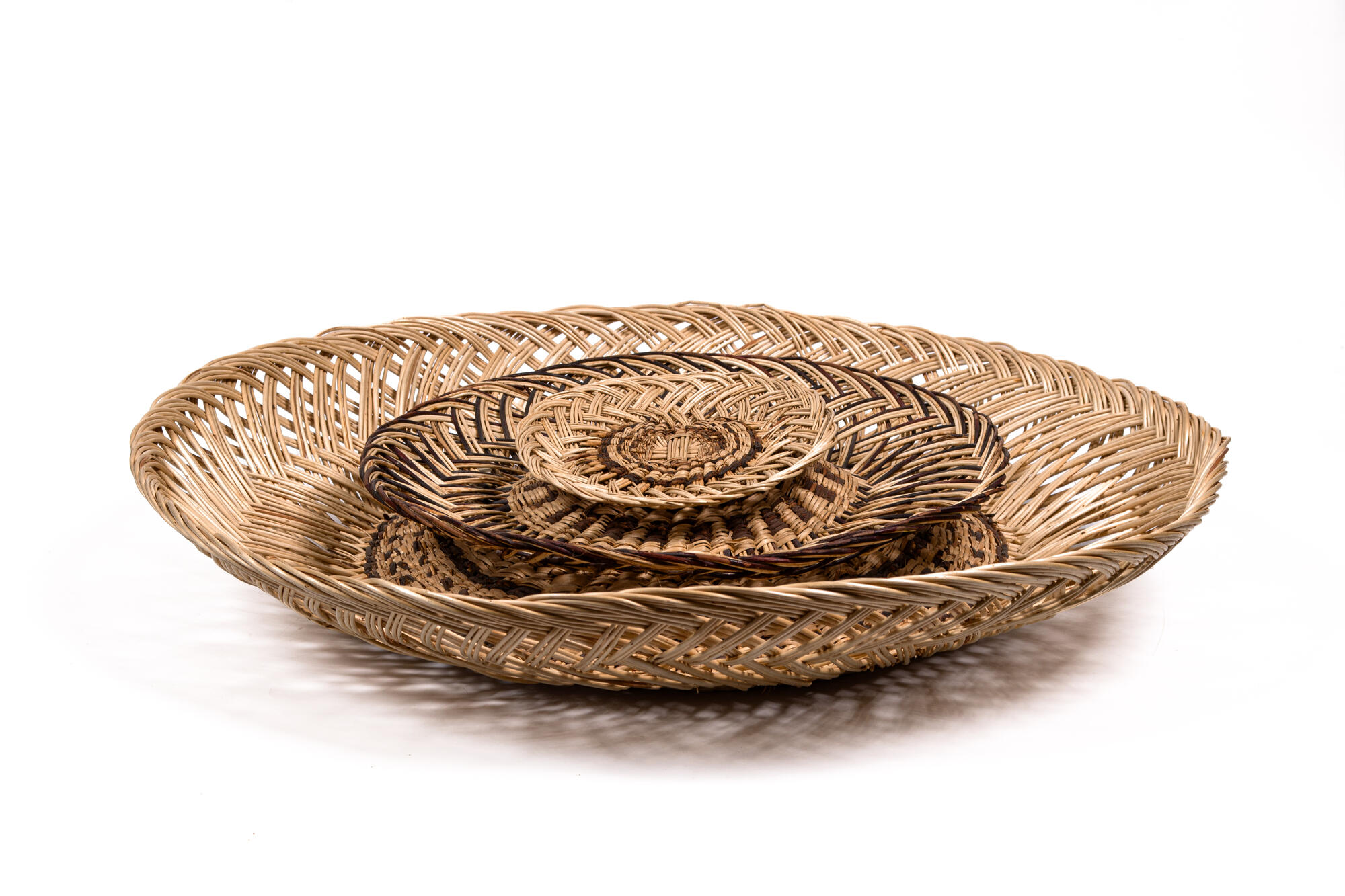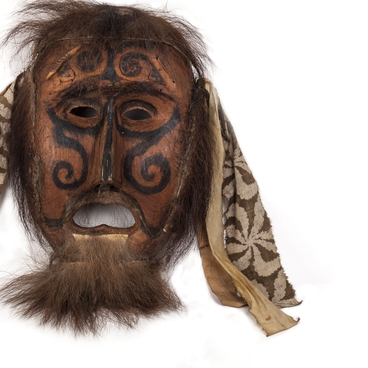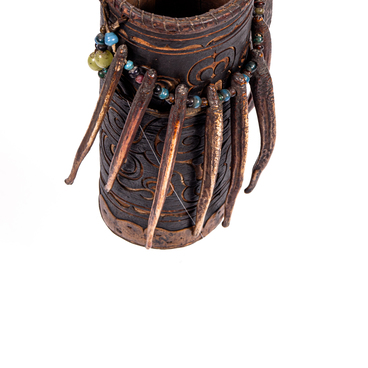Along with wooden and birch bark household utensils, the peoples of the Amur region widely used tableware made from osier. These were large baskets for carrying fish and other needs, trays for cleaning the catch, skimmers, various dishes for dry fish and plates of different sizes.
Roots, osier and wickers were prepared by women. Young twigs were cut in May, mostly near large water bodies, and the material was used throughout the year as needed. Before starting work, the wickers were soaked in water for several hours to restore their flexibility.
For large baskets, twigs with a diameter of 0.7–0.8 centimeters were traditionally prepared. Small dishes and soro plates were basketed from thin willow branches. The process of basketing began with the preparation of the bottom. It was made of roots, while the walls were made of twigs. The upper part of the dish or basket was also reinforced with roots.
Sometimes two through holes were left at the upper edge for a stick, which was used to carry the basket with a load by two people. Soro plates could reach one meter in diameter. Such products symbolized the sun among the peoples of the Amur region.
The twigs that diverged from the center of the bottom looked like rays. Skillful masters entwined branches of different colors into the bottom and walls of the dish to create decorative patterns. For this purpose, they used osier with bark on it, which had different colors, from black to golden. The peeled twigs were white.
If the master wanted to change the shade of the pattern, they added coloring substances to the water where the osier was soaked: flowers, tree bark, crushed coals, fish or animal blood. The Ulchi and Nanai people also used wickers as ropes. For this purpose, branches were peeled of their bark, then split into layers and dried. After drying, the bark was soaked for one or two days, and it disintegrated into fibers. Then ropes were twisted from them using special spools that the Nanai called hochiko and the Ulchi called mikti.
It is interesting that
the Udege, unlike the Nanai, Ulchi and Nivkh, did not use osier at all. The
matter is that along the mountain rivers of the Sikhote-Alin, where the Udege
live, there were no such osier beds as on the banks of the Amur River.
Therefore, this natural material was not used in the household and art of this
people.




